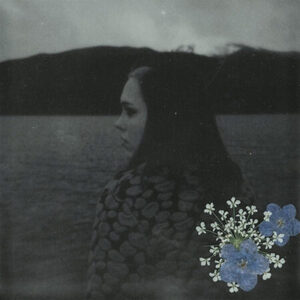Jethro Tull
House of Blues, Orlando • October 8, 1998
Pam Pedlow
Twenty-two years ago at Colt Park, in Hartford, CT, Ian Anderson introduced “Tullevision,” heralding the advent of simultaneous video broadcasts of concerts for the attending audience. This effect is routinely used by most performers today. As monumental as this was, the event wasn’t on the evening news, or in the headlines of the papers. Instead, the headlines contained information surrounding the stabbing and the overdose that occurred, causing the park to be permanently closed to future concerts. The crowds that day had, in their fervor, literally crashed the gates around the park, opening the sold out show to the waiting city. Despite the two deaths, the concert was otherwise peaceful. Ian Anderson, dressed in red Dickensonian style tails, danced around the stage with his hair, tails, and feet flying through the air in time to the Celtic-sounding music of his flute that served as the unifying thread to his ballads. The show moved from one song to the next, each more profound then the one before.
Ian Anderson’s hair is no longer long; his tails not longer flap in the breeze, and the sold-out crowd, now also 22 years older, still stood in awe as Ian Anderson, Martin Barre, and Dave Pegg performed. As a 17 year old at that concert in Colt Park, it never occurred to me I was witnessing one of the most gifted and talented musicians and lyricists that there would ever be. Now, many years later, and many shows wiser, I can honestly say that Eddie Vedder, Kurt Cobain, and Scott Weiland (who I consider to be in a league of extremely gifted and profound writers) are/were/are in the mere infancy of their craft when compared to Ian Anderson.
For something to be true art, it must stand the test of time. Although the lyrics of Tull sometimes evoke TOO graphic of an image “… snot is running down his nose… “- they are, nonetheless, ballads of classic proportions. The music itself, reminiscent of the Celtic and Elizabethan cultures, stands as evidence of this true art. Not a person there could say, “gee, he’s getting up there, maybe he should retire,” instead, the balding pated crowd felt that they were witnessing a miraculous cessation of time. Then as now, the songs, which explore man’s relationship with God, the theme of alienation, and the reflections of the soul, are universally identifiable and timeless. The clear and crisp notes, the strong ballads that created images without pictures, the ceaseless energy that was still expelled, were truly gifts that the audience relished and cherished.
Over the previous years, many “classic” bands have resurfaced, dusted off the old tunes, squeezed into their lycra and spandex, and pelted their old favorites in the same manner as before. Many of these bands, and tunes, should have stayed home, or had face-lifts, or at least made the realization that they were too old. Ian Anderson, in his gracious way, then as now, proved that he, for one, is NOT “Too Old to Rock and Roll, Too Young to Die.” ◼












